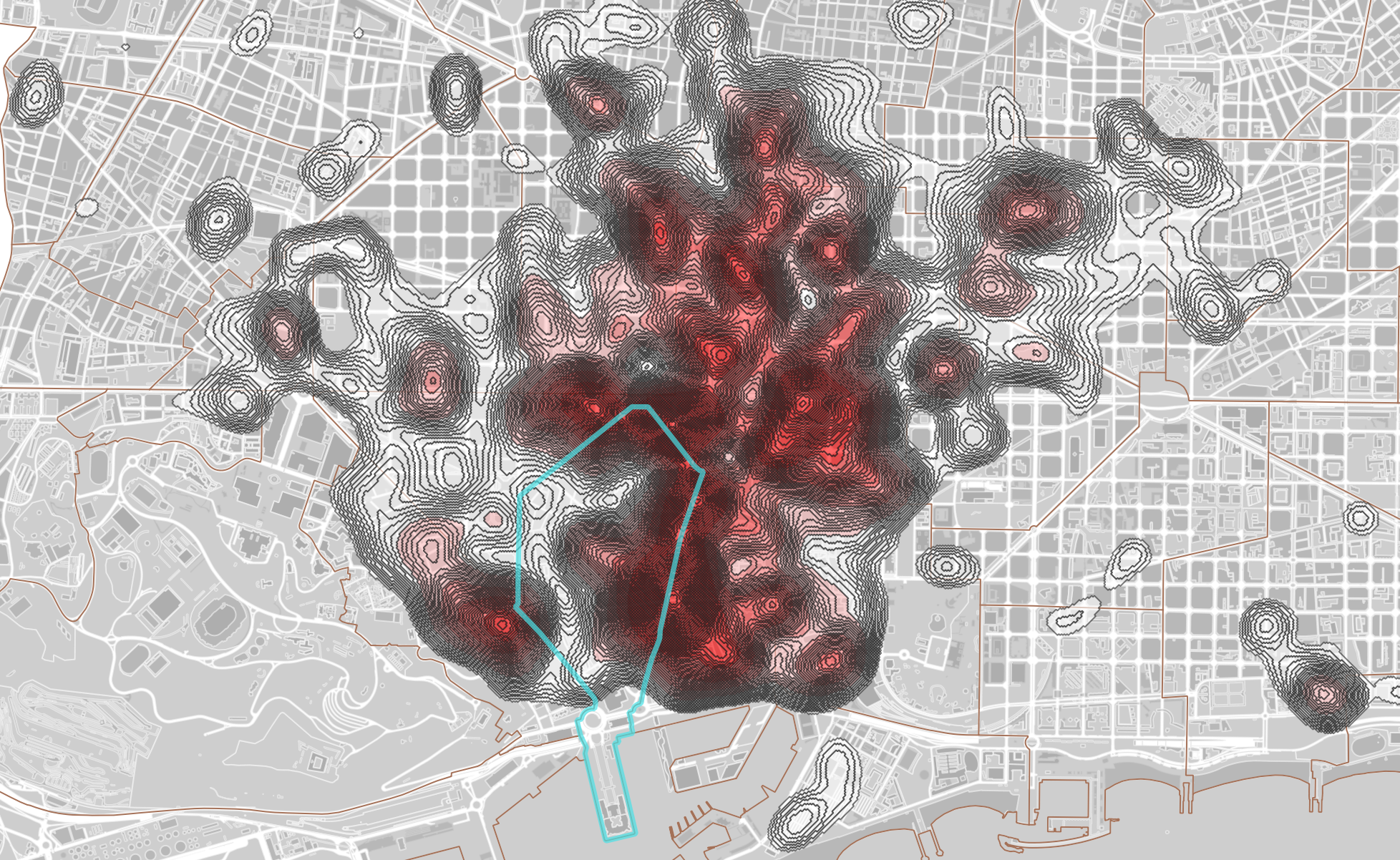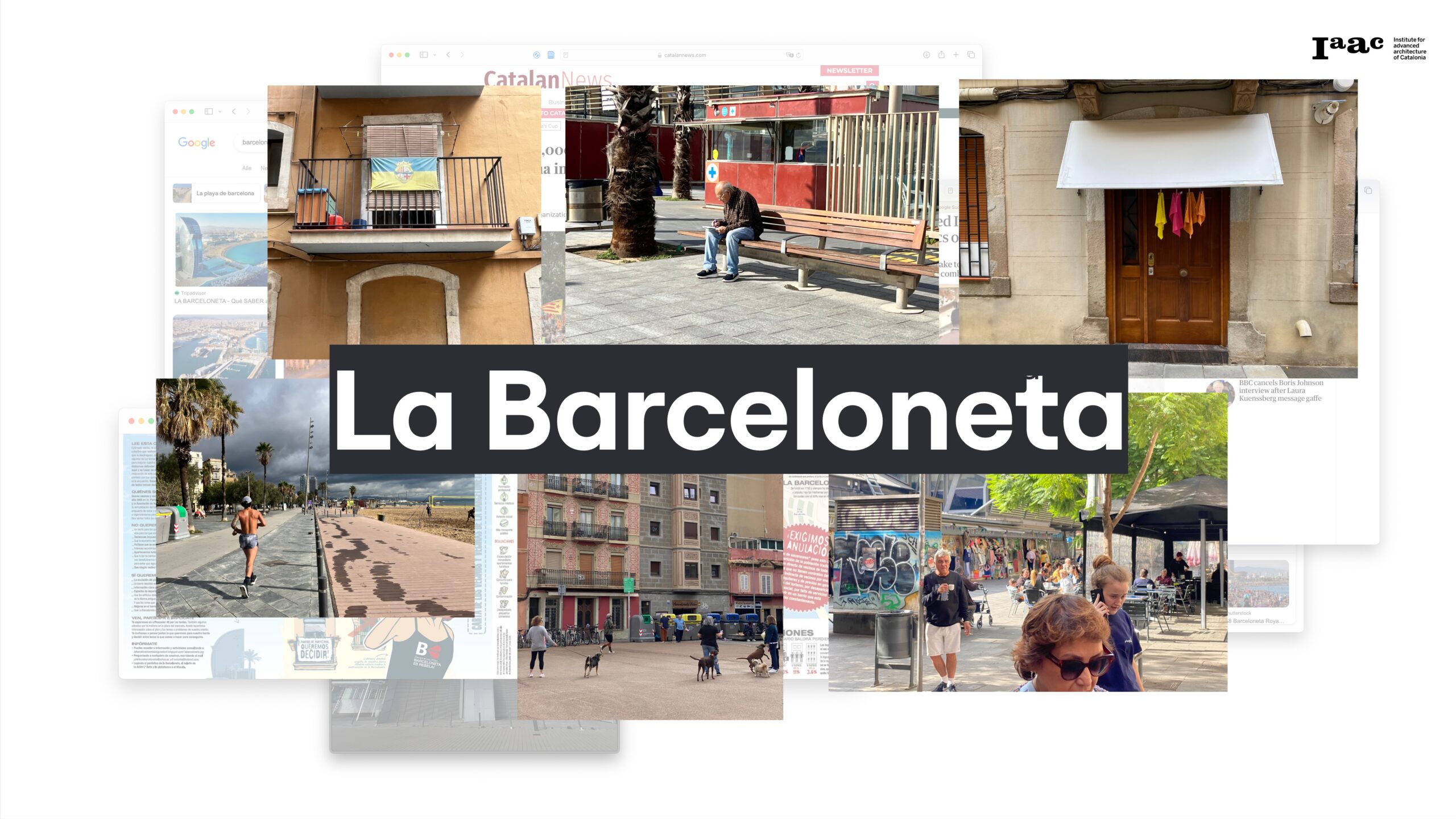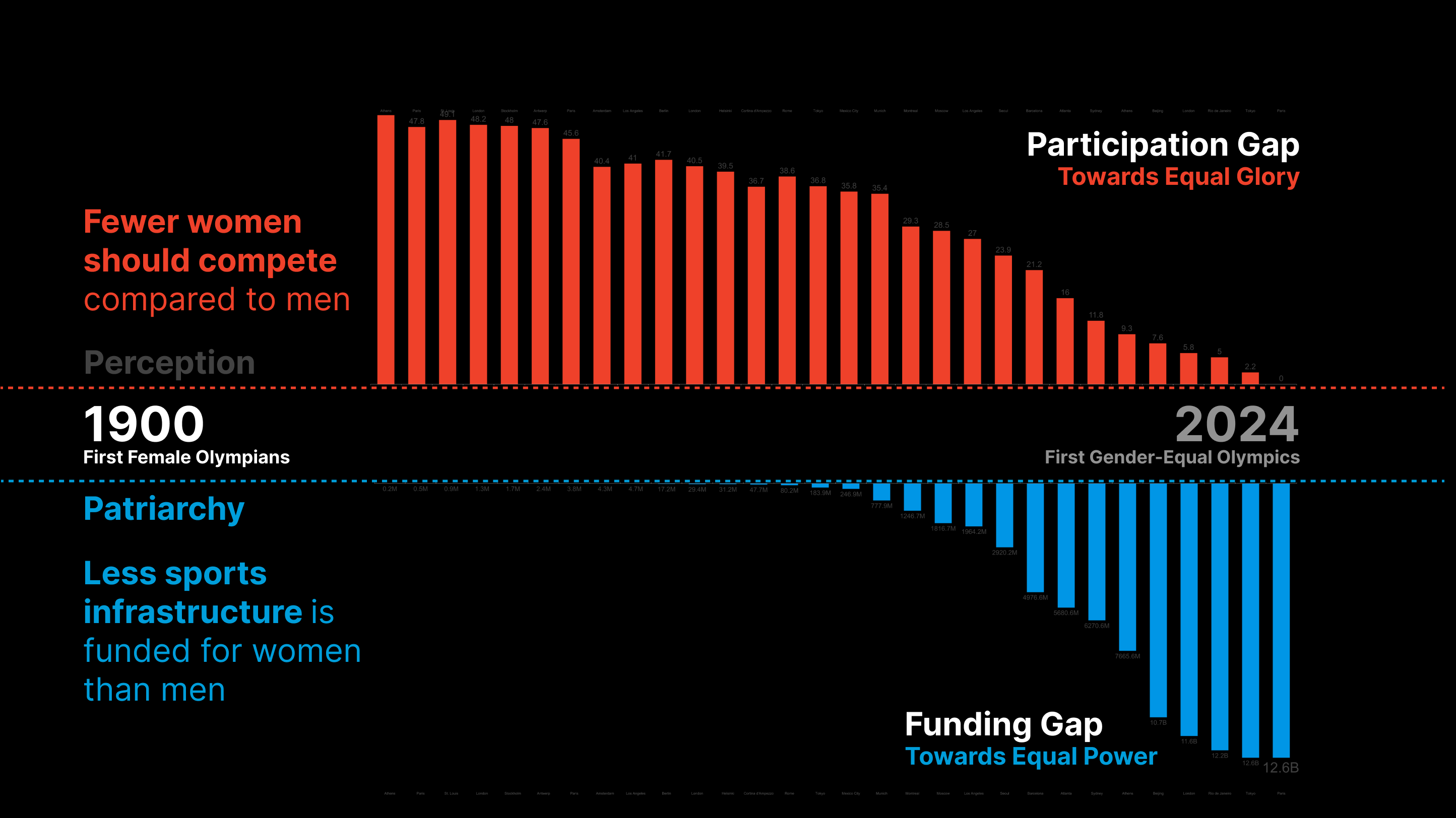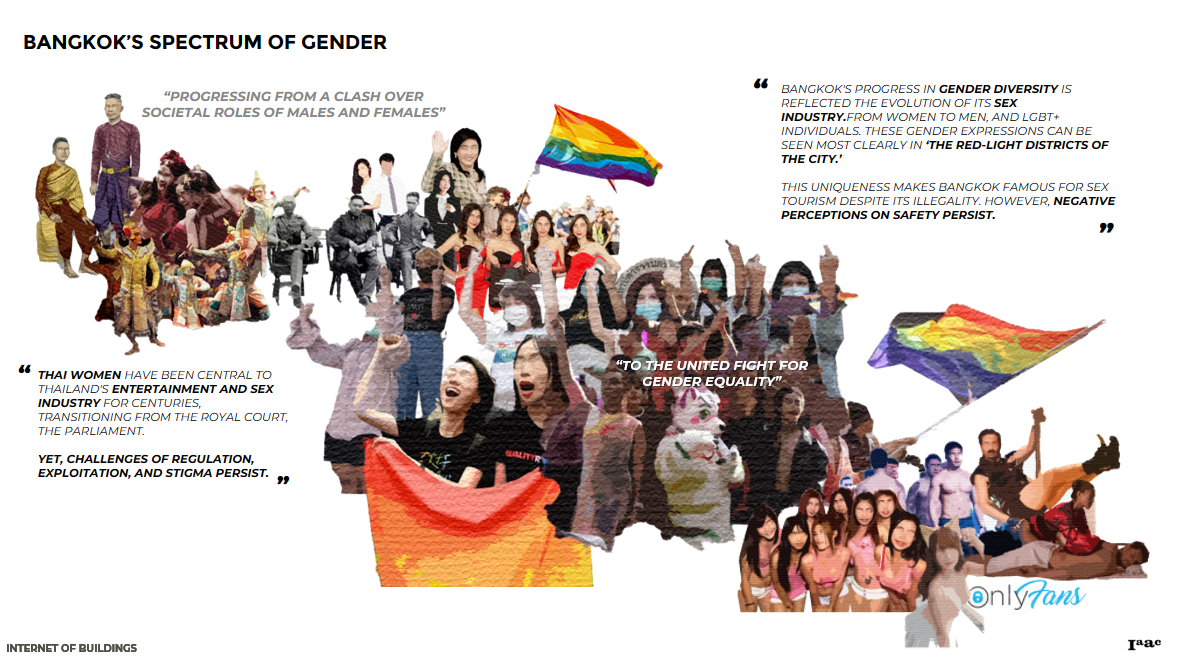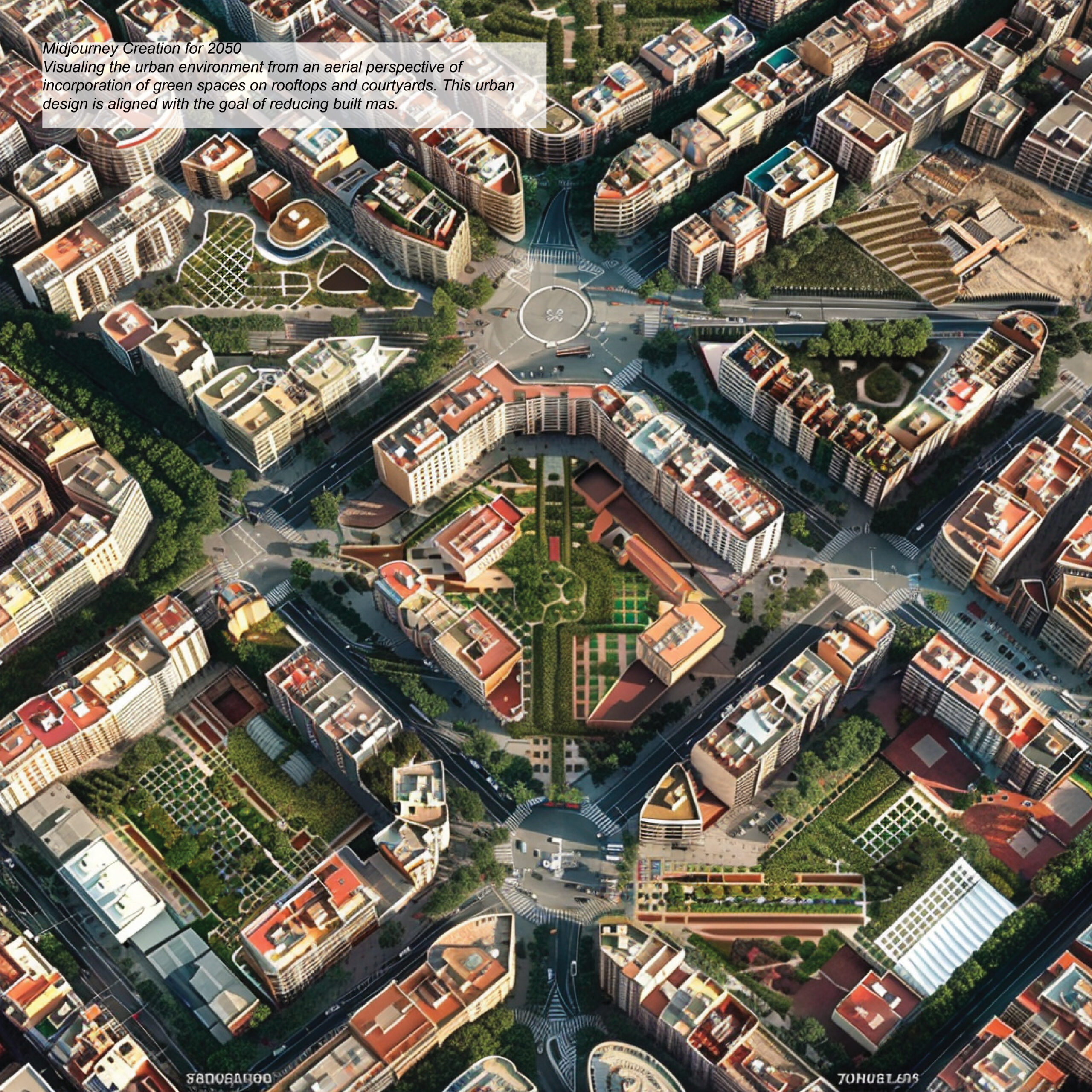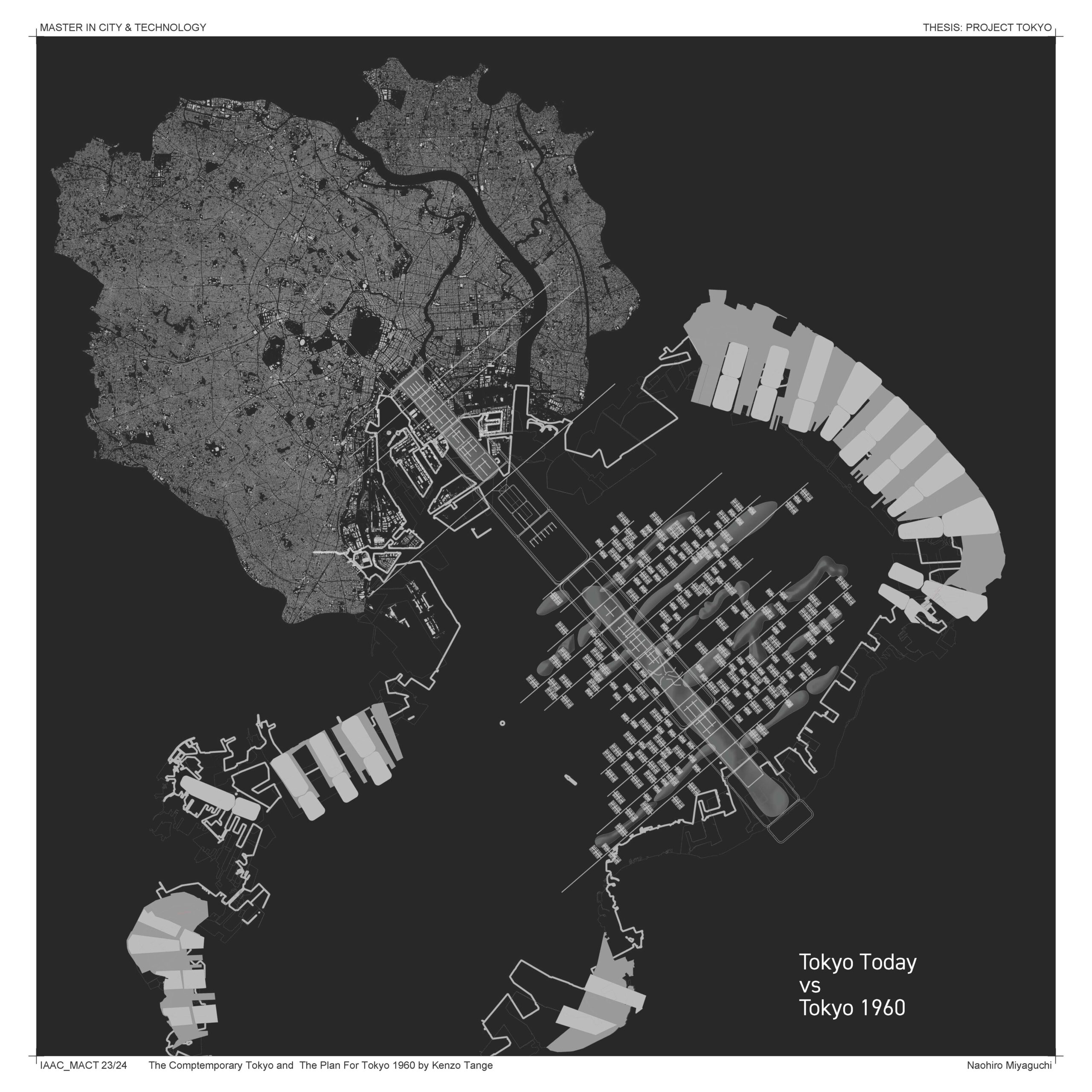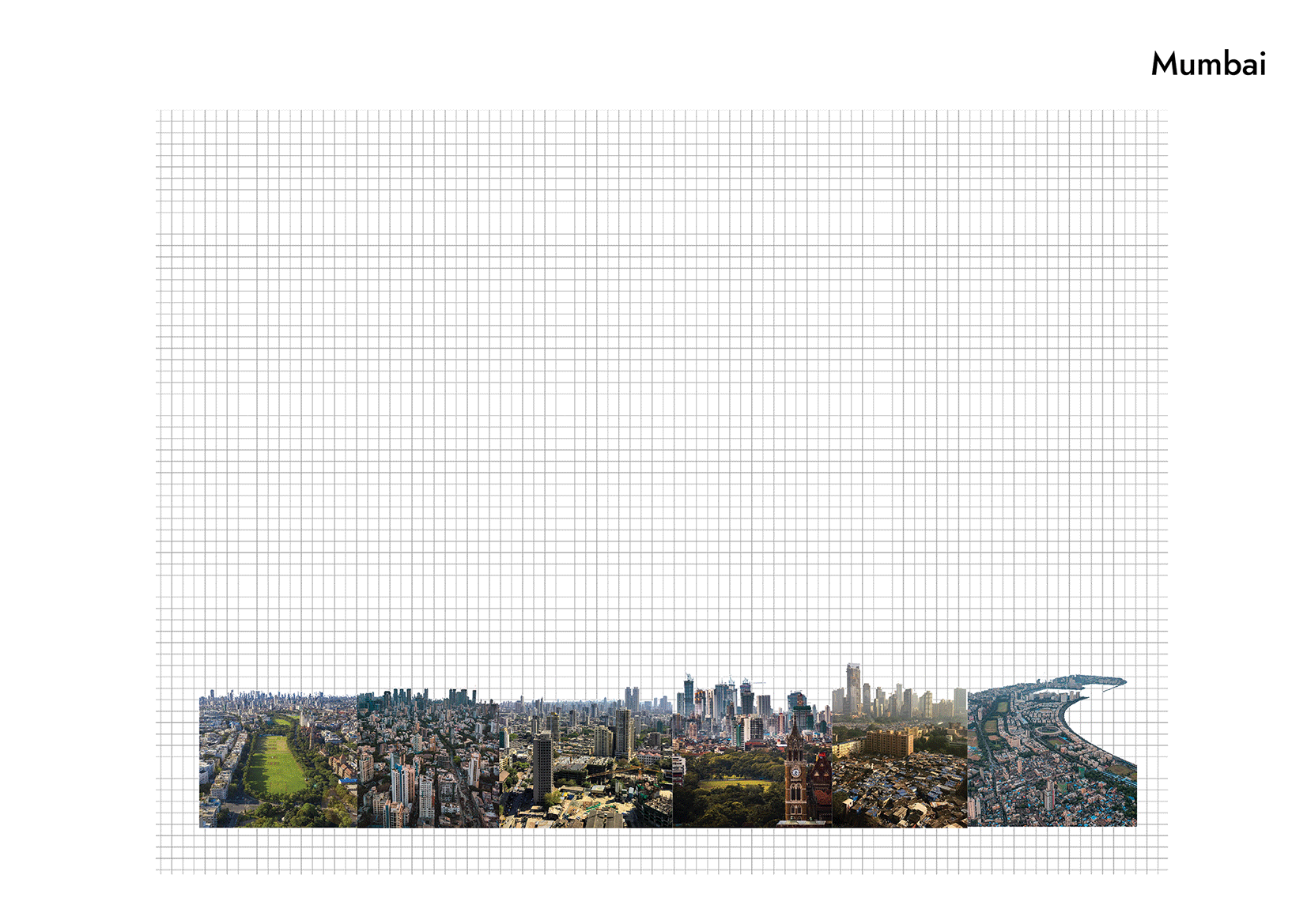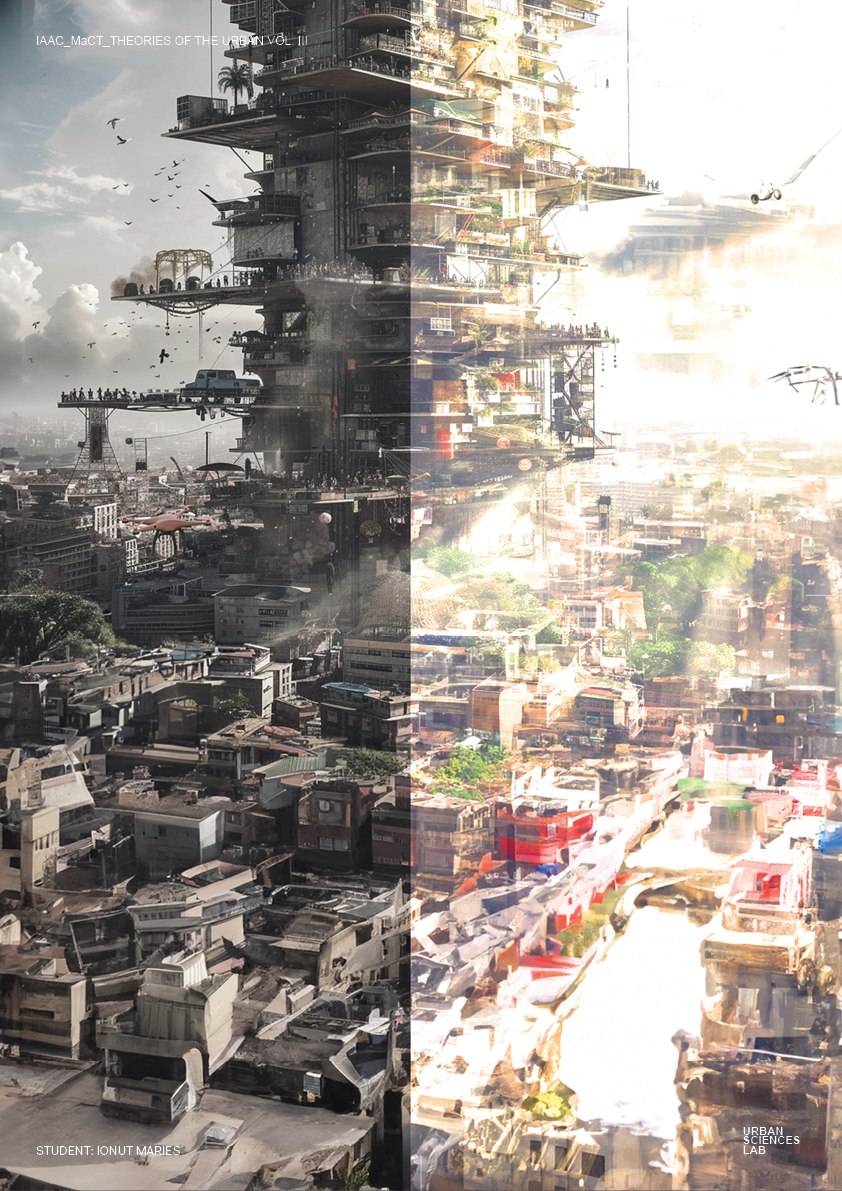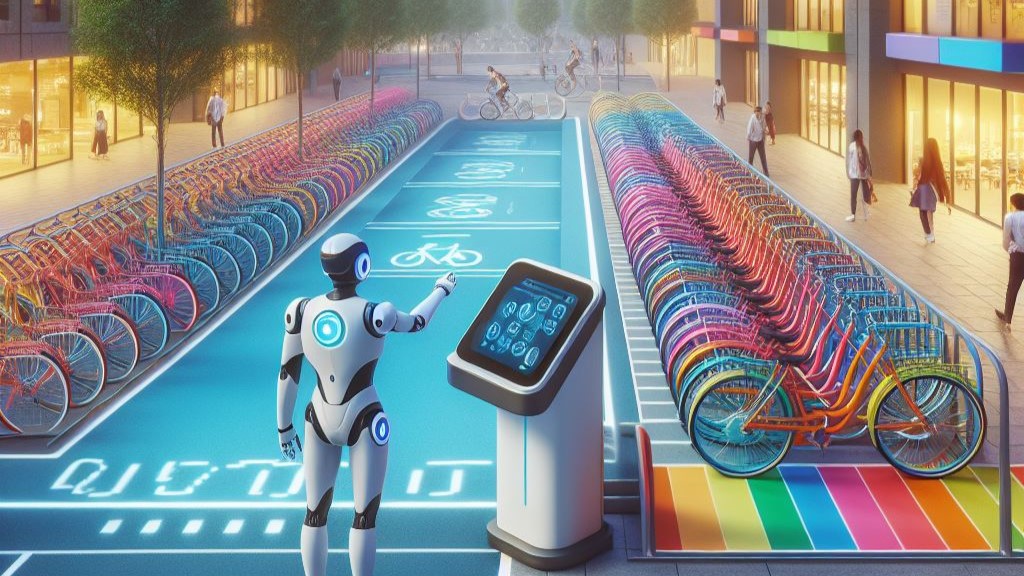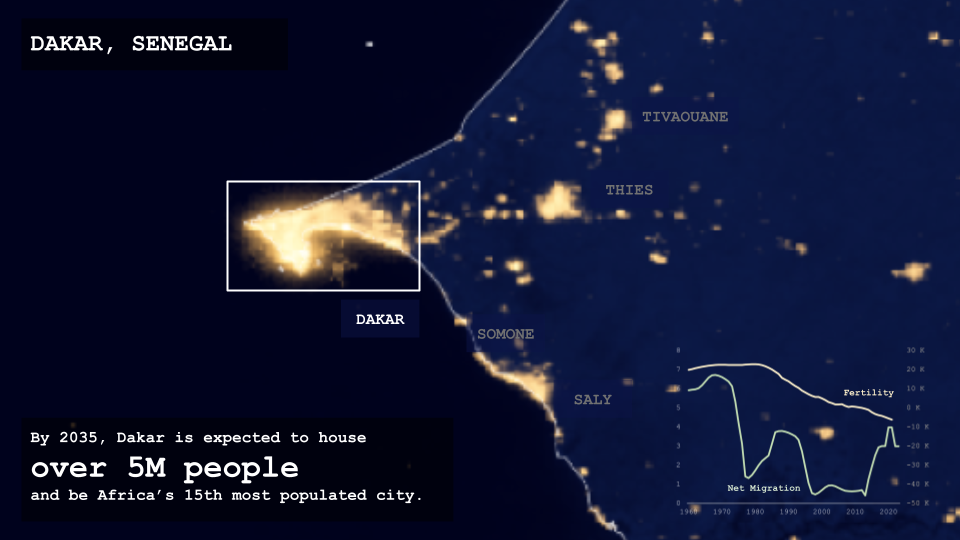Exploring La Dreta de l’Eixample: A Neighborhood of Contrasts in Barcelona
La Dreta de l’Eixample, a vibrant neighborhood in Barcelona, begins at the renowned Plaça de Catalunya. This area is famous for its luxurious Passeig de Gràcia, lined with high-end boutiques and modernist architecture. The neighborhood not only showcases the grandeur of the Catalan textile bourgeoisie from the early 20th century but also stands out for … Read more


